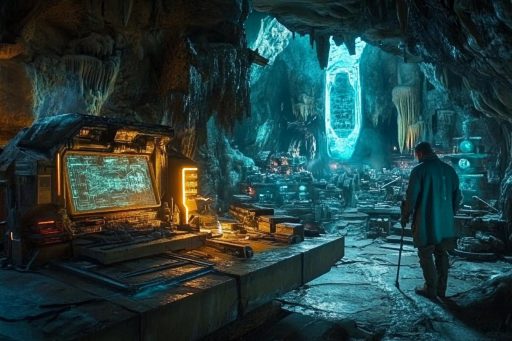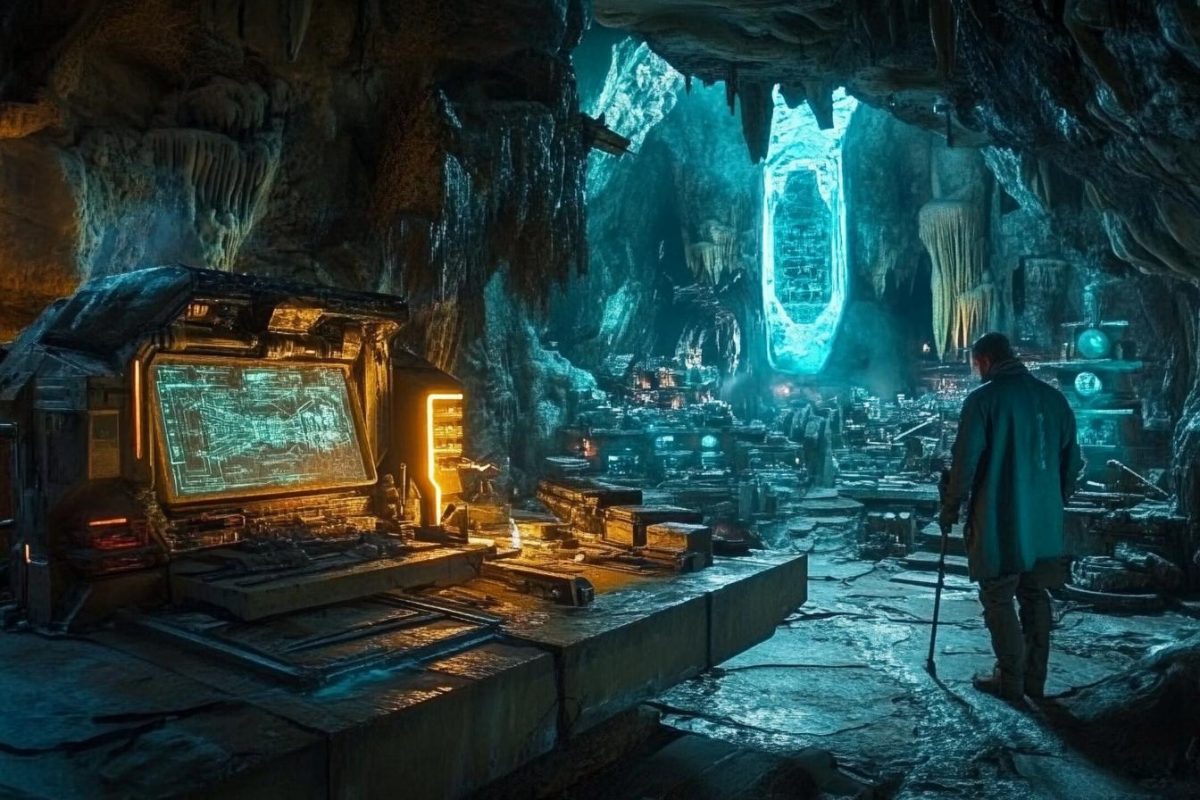
Long before the rise of modern civilizations, prehistoric humans were crafting tools, structures, and systems that seem far too advanced for their time. Without written language or formal education, they engineered marvels that continue to stump scientists and historians. From complex surgery to lost technologies we still can’t replicate, these innovations challenge everything we thought we knew about the Stone Age mind. These aren’t just relics—they’re mysteries wrapped in stone, bone, and ingenuity.
Ancient Brain Surgery (Trepanation)

Skulls dating back thousands of years show clear evidence of trepanation—the practice of drilling holes into the human skull. Even more shocking, many patients appear to have survived the procedure, suggesting a surprising level of medical knowledge. With no modern tools or anesthetics, how did prehistoric people manage such delicate operations? Some believe this could hint at a forgotten understanding of medicine far ahead of its time.
The Stone Age Calendar Circles

Sites like Nabta Playa in Egypt predate Stonehenge and appear to function as sophisticated astronomical calendars. These megalithic structures align with solstices and stellar patterns, implying a deep understanding of celestial movement. For a society thought to be primitive, the precision of these alignments is baffling. Were early humans simply observing nature—or following ancient knowledge now lost?
Prehistoric Prosthetics

Archaeologists uncovered a remarkably advanced toe prosthesis in an Egyptian mummy dating back to around 950 BCE—long before modern biomechanics. Made of wood and leather, the device was functional and even showed wear from use. It’s more than an ornament; it’s a sign that prehistoric people not only understood anatomy but also engineered for comfort and mobility. How many other innovations like this have eroded with time?
The Bagdad Battery’s Mysterious Origins

Although often attributed to a later era, some believe the famous Bagdad Battery—a ceramic jar with copper and iron elements—has prehistoric roots. If accurate, it could suggest knowledge of electrochemical reactions long before the scientific method existed. While its purpose remains debated, it’s hard to ignore its uncanny resemblance to a primitive power source. Could ancient inventors have stumbled upon electricity?
Ice Age Sewing Kits

Preserved tools from the Ice Age include bone needles with eyes carefully carved for threading—a clear indication of clothing manufacture. This level of precision craftsmanship implies not only dexterity but a planned system of tailoring for survival. We often think of prehistoric humans as rugged, but they were also designers of functional fashion. Their ability to create weather-appropriate garments shows surprising complexity.
The Antikythera Mechanism’s Ancestry

The Antikythera Mechanism is often dubbed the world’s first computer, dating back to ancient Greece—but some speculate its technology may have roots in even older, undocumented devices. The complexity of its gears suggests knowledge passed down or forgotten. If this was a culmination of prehistoric tinkering, what prototypes existed before it? This could point to a lineage of engineering we’ve never uncovered.
Prehistoric Mining Operations

Some of the oldest known mines, such as those in Swaziland, date back over 40,000 years. Early humans extracted hematite, likely for pigment, using stone tools in organized operations. These weren’t just random digs; they were systematic, with tools, lighting, and extraction methods. This level of coordination hints at social structures and technological planning long before cities existed.
Fireproof Pottery of the Jomon People

The Jomon culture of ancient Japan created pottery that could withstand direct fire, used for cooking and food storage. Dated to nearly 16,000 years ago, these vessels are among the oldest fired ceramics on Earth. Their ability to control kiln temperature and materials is something archaeologists find astonishing. How did they develop such expertise in thermal resistance so early?
The Oldest Known Dental Work

Ancient molars found in Italy show signs of having been cleaned and filled with a mixture of plant fibers and bitumen over 13,000 years ago. This rudimentary dental work reveals more than pain relief—it shows a calculated use of antiseptics and binding materials. The fact that someone took the time to perform oral surgery implies a community that valued healing. That kind of care and knowledge doesn’t come from guesswork.
The Mystery of Ancient Sonic Tools

Some believe massive structures like the pyramids or Puma Punku may have involved sound-based technology for construction. While controversial, carvings and artifacts suggest ancient people may have understood resonance and vibration in ways we don’t yet grasp. Could sound have been used to move or shape stone? Mainstream science hesitates to answer, but the precision of these sites raises the question.
Underwater Monoliths of Prehistoric Builders

Beneath the waves off the coast of Sicily lies a massive monolith that appears to have been quarried and shaped over 9,000 years ago. Complete with holes and symmetry, this stone structure points to intentional design and placement. It challenges the belief that prehistoric people lacked the ability to build at scale—especially underwater. Was it submerged over time, or built when the sea level was much lower?
The Lost Art of Ancient Cement

Long before modern concrete, prehistoric people in places like Göbekli Tepe and Çatalhöyük used compound building materials to create lasting monuments. Some of these substances were more durable than today’s quick-set cement. How did they figure out the ratios and components without modern chemistry? It’s possible we lost an entire field of early material science to history’s erosion.
The Weaponized Atlatl

The atlatl, a spear-throwing device used by ancient hunters, increases the speed and force of a thrown spear dramatically. It represents a breakthrough in leverage and mechanics, allowing prehistoric people to take down large game at a distance. This simple invention shows an understanding of physics not credited to that era. It wasn’t just survival—it was innovation born from necessity.
Secrets from a World Before Memory

These inventions don’t just challenge our assumptions—they rewrite the timeline of human brilliance. They suggest that prehistoric people weren’t just surviving, but thinking, experimenting, and creating in ways that still elude us. Somewhere between myth and artifact lies a version of history we’ve only begun to uncover. What else waits beneath the dust of forgotten ages?





